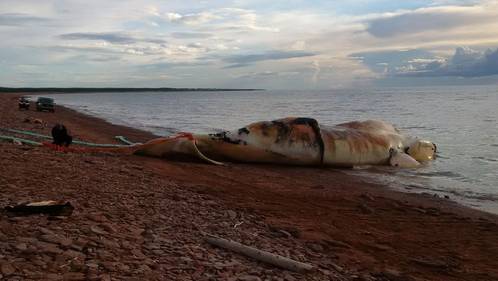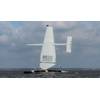North American conservationists are scrambling to find out why North Atlantic right whales are dying in unprecedented numbers, with nine deaths in Canada's Gulf of St. Lawrence in two months, according to Canadian authorities.
The nine deaths make 2017 the deadliest year for the endangered marine mammal since scientists began tracking their numbers in the 1980s, said Kim Davies, a Dalhousie University post-doctoral fellow who is pioneering a way to track their activity in real time.
There are only about 500 North Atlantic right whales left in the world.
Human activity has caused at least some of this summer's deaths. Three of the whales died from blunt force trauma consistent with being struck by a large vessel, while another was killed after becoming entangled in fishing gear, Tonya Wimmer, director of the Marine Animal Response Society, said on Monday.
The carcasses of the whales are so large, Wimmer and her colleagues need a backhoe to get inside the animals to perform necropsies.
The whales, designated a species at risk, have been sighted in the Gulf of St. Lawrence in higher-than-normal numbers this summer, Davies said, possibly because their zooplankton food source is scarcer in other habitats such as the Gulf of Maine and the Bay of Fundy.
Canada's Department of Fisheries and Oceans closed some snow crab fisheries early in response to the deaths, and has asked ships in the high-traffic Gulf of St. Lawrence to voluntarily keep their speed to 10 knots or less.
But longer-term solutions such as rules around vessel speed, routes and gear are needed to prevent more deaths like these, Wimmer said.
"This is unprecedented. And it's catastrophic. ... For the sake of the species, it needs to stop."
(Reporting by Anna Mehler Paperny; Editing by Sandra Maler)
• 
















 February 2024
February 2024



